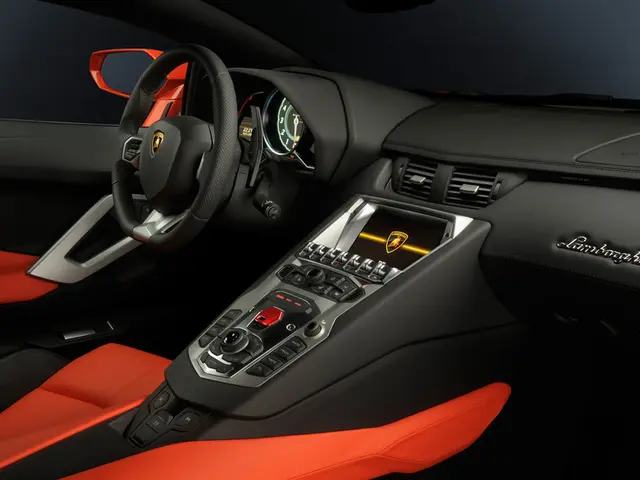Improved Weather Prediction Satellite Launched by European Bodies
Last night, on August 13, 2025, the European Spaceport in Kourou, French Guiana, saw the successful launch of Metop-SGA1, a new generation weather satellite operated by Eumetsat. This key addition to European technology, with components originating from Southern Germany, is set to significantly improve weather forecasting.
Metop-SGA1 is a polar-orbiting satellite, traveling from north to south over the Earth as the planet rotates underneath it. This allows it to observe the entire globe over time, providing global coverage. In contrast, geostationary weather satellites like MTG-S1 remain fixed above the equator at about 36,000 km altitude, continuously monitoring the same hemisphere.
Six instruments are on board Metop-SGA1, including METImage, a visual and infrared imager, and the Copernicus Sentinel-5 mission for monitoring atmospheric composition and trace gases. The higher resolution of METImage is supposed to provide much more precise information about the observation of clouds, water vapor, and ice layers.
The launch and deployment of Metop-SGA1 were successful, and it is currently in a Low Earth Orbit, approximately 830 kilometers from Earth. However, adjusting, calibrating, and making the satellite operational may take about a year.
Metop-SGA1's polar orbit enables it to detect weather and climate parameters anywhere on Earth with high spatial resolution. It contributes critical data for nowcasting (short-term forecasting), climate monitoring, global atmospheric sounding, and air quality monitoring on a global scale.
In contrast, geostationary satellites like MTG-S1 excel in continuous observation of weather systems, enabling detailed monitoring of storm development, cloud dynamics, and rapid atmospheric changes within their fixed regional view. The more precise data on clouds from Metop-SGA1 is expected to help in recognizing thunderstorms, potentially leading to more accurate forecasts.
Metop-SGA1 is the first of a new generation of weather satellites, and it is expected to deliver more data and more frequently compared to previous weather satellites. Another instrument on board, Sentinel-5, was manufactured at the Airbus plant in Ottobrun near Munich.
The new satellite, MTG-S1, is another European weather satellite launched to improve forecasting, particularly for extreme weather events. While Metop-SGA1 captures the entire planet during its orbit around Earth, the MTG series only captures a portion of the Earth.
Eumetsat previously described the launch of Metop-SGA1 as a "remarkably exciting moment." The contractor and weather satellite operator for Metop-SGA1 is Eumetsat, and both Metop-SGA1 and the first generation of Metop satellites are expected to significantly reduce the error rate in weather forecasting.
[1] Eumetsat Press Release: Metop-SGA1 Launch
[2] Airbus Press Release: Metop-SGA1 Launch
[3] ESA Press Release: Metop-SGA1 Launch
[4] BBC News: Europe's New Weather Satellite Launched
[5] NASA Earth Observatory: Metop-SGA1
- The new generation environmental-science satellite, Metop-SGA1, will contribute significantly to the field of science, particularly in space-and-astronomy, as it will provide critical data for weather forecasting, climate monitoring, and air quality assessment on a global scale.
- The successful launch of Metop-SGA1, operated by Eumetsat, includes instruments like METImage and the Copernicus Sentinel-5 mission for atmospheric composition and trace gas monitoring, promising higher resolution observations of clouds, water vapor, and ice layers.
- Advanced technology has played a crucial role in the development of Metop-SGA1, with components originating from Southern Germany and another instrument, Sentinel-5, manufactured at the Airbus plant in Ottobrun near Munich.




